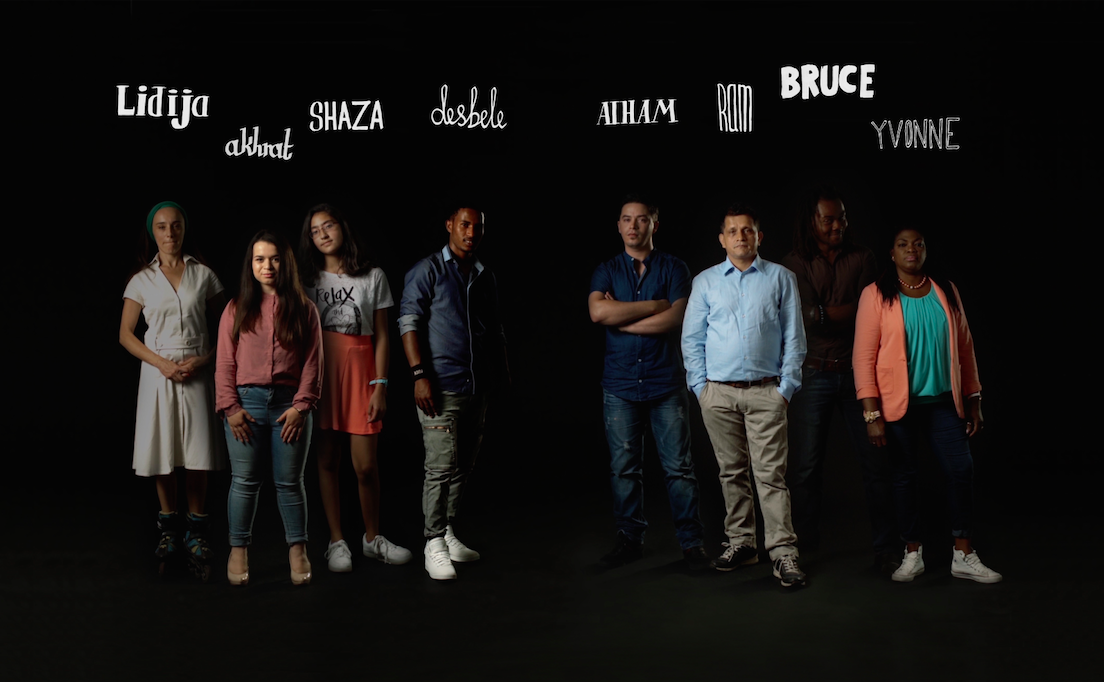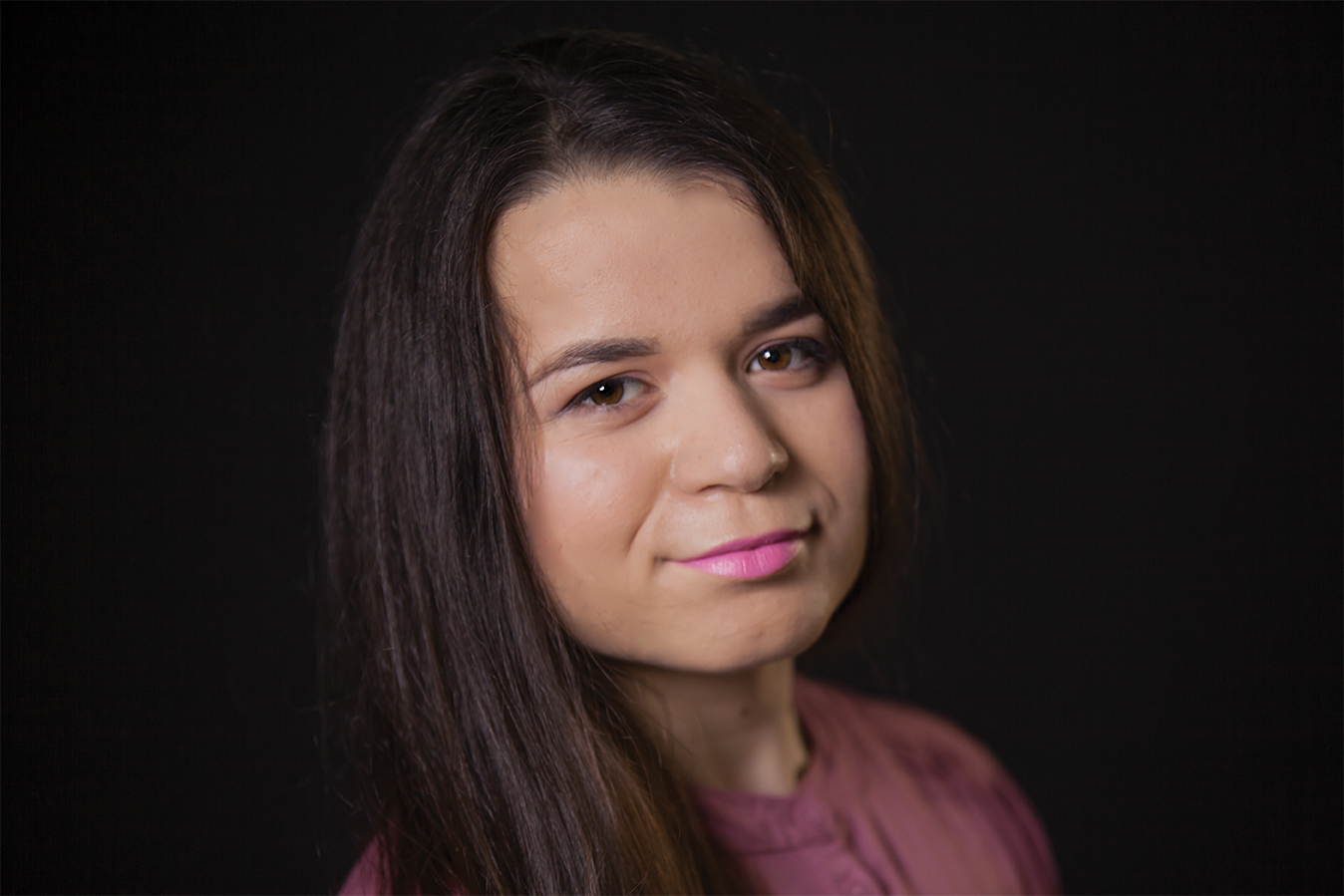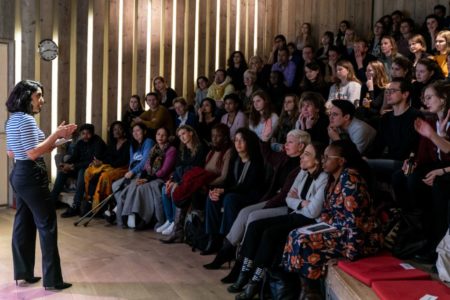In the exhibition Shelter you can imagine yourself in ‘the jungle’ of Calais, dreaming of a better life with thousands of other people. People staying here have travelled hundreds of kilometres to get there. They are waiting to continue their journey to Great Britain for a better life. People have built improvised shacks from waste materials, sheets, blankets, whatever they can get their hands on. Henk Wildschut photographed these dwellings all over Europe, but mainly in Calais. A large number of the photographs on display in the Humanity House is printed on canvases that are several meters high. They are hung from the ceiling in the foyer. Navigate your way through these shelters and Other works can be admired along the walls of the museum café.
Shelter as symbol of misery
For Wildschut the shelter became the symbol of misery. Thousands of people from places like Iraq, Afghanistan, Pakistan, Eritrea, Somalia, Sudan and Nigeria gather in Calais hoping to cross the Channel, to reach the destination of their dreams. Little do they know they will not be welcome. Quite the contrary: a complex myriad of legislation is in force in England, set up specifically to refuse entry to illegal immigrants. The indirect eloquence of the images in Shelter is the connective factor that helps make the receptive viewer feel involved and offers a meaningful alternative to the platitude of photography. Henk Wildschut received the Dutch Doc Award for his project Shelter.






